There is a pin-drop silence as the guests seated in outdoor cabanas of Ikk Panjab, Chandigarh, wait for Sunaini Sharma, granddaughter of to take her seat on the stage. Third generation musician and granddaughter of the renowned Punjabi singer Surinder Kaur, who was known as the Nightingale of the Punjab, gracefully takes her time to adjust the mike, check the instrument sounds and looks into the audience with a smile. The next hour, she takes them on a musical journey of Punjabi folk songs, mostly surrounding food to celebrate the launch of Ikk Panjab in Chandigarh. From Bajre da sitta (fruit part of millet crop) to Ambarsar diyan vadiyan (fried lentil cakes), she narrates tales of the land peppered with personal stories.
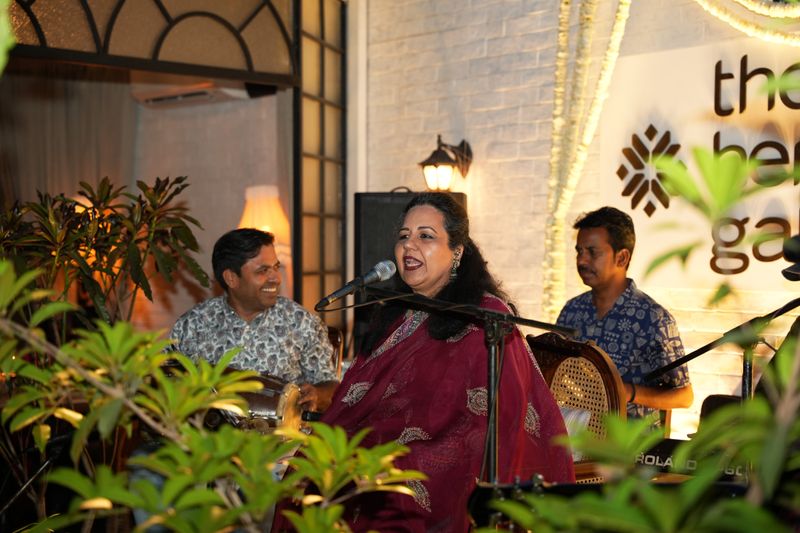
The baithak was the first offering under Heritage Gatherings by Ikk Panjab, conceptualised by Vernika Awal, a Delhi-based journalist. She joined hands with Rajan and Deepika Sethi of hospitality group Bright Hospitality to lead the dialogue as brand consultant in November last year.
“Heritage Gatherings is conceptualised to create intimate, immersive spaces where food intersects with history, poetry, music, and folklore. I suggested the idea to create a space where we're able to talk about everything that we want to conserve about Punjab. We feature voices of the land - from artists, writers, authors, musicians, craftsmen, dancers, playwrights through workshops, music, oral storytelling, and hyperlocal collaboration,” says Awal, who also works with the chefs on the menus.
Punjab’s culinary landscape isn’t just about butter chicken and tandoori — there’s a rich, complex, and often undocumented tradition of recipes, food rituals, and stories passed down orally, Rajan tells us.

The Heritage Gathering is where they allow research to breathe outside the kitchen. “We’re looking forward to curating experiences around regional art and performance forms, hosting grandmothers from different parts of Punjab to cook with us, and curating evenings that explore everything from Sufi poetry to folk instruments over shared meals. It’s about building a living archive of Punjab’s intangible heritage,” says Rajan.
For this, the team traced oral histories, tied up with local producers and farmers, and reached out to community cooks and folk historians. “We also delved into Punjabi literature and partition archives to understand how migration influenced the foodscape,” says Awal.
With Awal’s entry, the menu makes room for cuisine influences from its geography. A standout dish is the Sindhi Khatti Masala Dal, which was lost after partition, and Sindhi Doda Roti made of Jowar and topped with onion, tomato, green chillies. “The cuisine also takes influence from where Punjabis settled after the partition. It is an ever-evolving cuisine – be it Prawn Koliwada of Sion Koliwada or Palak Patta chaat in UP. While there are no chaats in Punjabi cuisine, the addition of dahi is a clear Punjabi influence.”
Restaurants are no longer transactional — they’re becoming cultural spaces, almost like museums or theatres. This shift gives culture a real seat at the table. Restaurateurs also see sense in perceiving their brand as a starting point for conversations and community events.
Owning the neighbourhood

When Mag Street Café opened in Colaba on October 21, Gauri Devidayal introduced heritage walks with Nikhil Mahasur, who went on to found Walkitecture.
It has been three-and-a-half years since those monthly walks are attended by history buffs from all over the city. “The idea behind this was that we wanted to be more than just about F&B. There were already a lot of cafes around the neighbourhood doing different kinds of food, and we wanted to stand out. Everything we’ve done is in Colaba—from The Table to now MagStreet. We really felt like we wanted to own the neighbourhood a little bit,” says Devidayal. The hospitality brand focuses on being conscious (with programming around that in the restaurant), comfort (in the food and beverage programme), and the third being community. “The community bit is where we decided to do programming outside and inside the restaurant. The idea was that if people wanted to know what’s happening or wanted something fun to do, they’d think of us—not just as a restaurant,” says Devidayal.
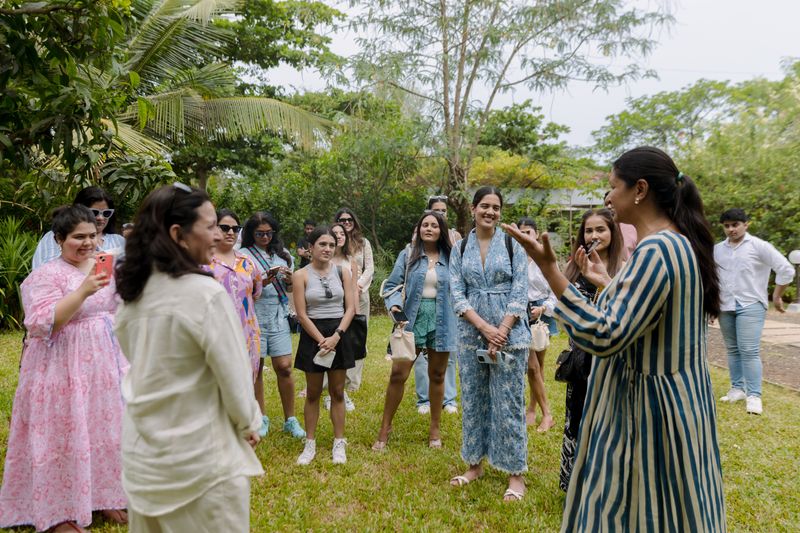
This led to art walks with Art and Wonderment and sailing with Bombay Gypsea. “There was a historian on the boat who would tell you about Colaba’s history. Heritage is available in different parts of the city. We just tried to bring it to life in Colaba. In the cafe, we do book events, talks and cocktail tastings. The idea was that there was no pressure on anyone to come back and eat at the café,” says Devidayal.
Consumers are looking for experiences, but not necessarily connected to when they're dining, she opines. “You could be getting experiences from a space outside of its F&B programme—but you're not necessarily looking for that as part of your F&B experience. When thinking of ancillary events outside of the F&B experience, we were careful not to tie the two together. Conversely, we haven’t done that in Lower Parel or Bandra—because it’s not our neighbourhood. Everything doesn’t have to happen everywhere,” she signs off.
While eateries are seeing sense in building community, expert roles are being carved to help push the envelope for cuisine and keep the conversation around food relevant.
Recipe gatekeeper
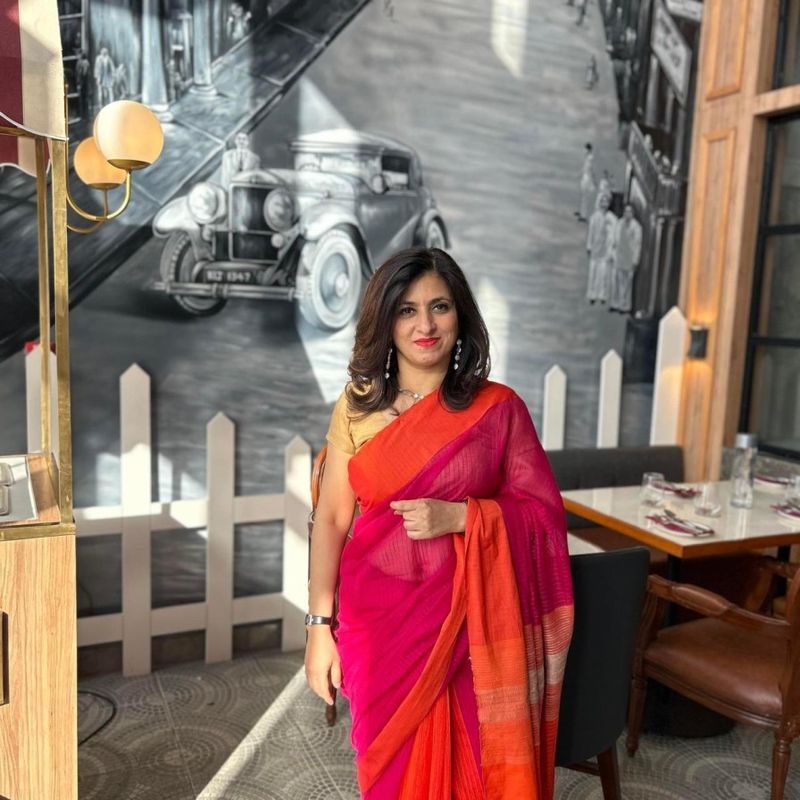
For the past decade, Shipra Misra has played the role of recipe custodian at Delhi’s Daryaganj Restaurant, which today has 14 outlets across 4 Indian cities in India and one in Bangkok. Her main role is to maintain the quality and consistency of timeless flavours of iconic dishes, including butter chicken and dal makhani, that trace back to 1947.
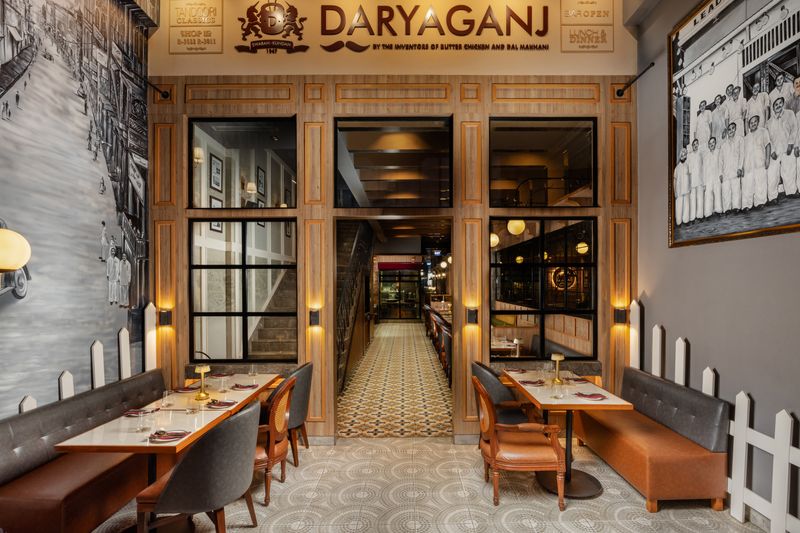
“Misra works closely with chefs to standardise recipe manuals, cooking techniques, and sourcing of ingredients. It also involves research and testing to understand how even the smallest changes—like a spice blend or cooking time—can affect the final dish. “A key part of my role is to innovate within the brand’s boundaries, introducing seasonal specials or modern formats—like Today’s Butter Chicken—while ensuring they still reflect Daryaganj’s core culinary philosophy,” says Misra, whose role also extends to training and evaluating. “I help the kitchen and front office team to understand not just the taste, but also the ‘why’ behind each ingredient and cooking method. We conduct workshops that take our teams through the heritage and story behind our recipes. Taste is a language. My job is to ensure each dish speaks clearly – retaining culinary history,” says Mishra.

Research is at the heart of everything Misra does. This means she studying old cookbooks, chef notes, family records, and oral histories to understand how these dishes were first created in 1947. It also takes her to visiting poultry farms to study the size and quality of the chicken. “Historically, smaller chickens—around 750–800 grams—were used, and their tenderness and texture played a key role in the final taste. Sharing these insights with the chefs allows them to adjust their processes to retain the juiciness and character of the dish,” says Misra, adding that multiple elements work together to create a dish. “Take Tandoori Chicken, for example. Research starts with understanding the raw materials, evaluating how seasonal changes affect ingredients—like how red chilli powder can vary in spice level and colour depending on the batch or time of year,” says Misra.
Amit Bagga, Co-Founder of Daryaganj Restaurant believes serving a dish correctly is synonymous to narrating a story accurately. Shipra plays a crucial role in our brand’s success due to her deep, skill-based understanding of taste, which is vital in ensuring that our food remains consistent across all outlets. As the gatekeeper of the brand, she ensures that every dish we serve, no matter the location, maintains the same high standards, flavour profiles, and overall quality,” says Bagga.
Crusading the cause of regional Indian
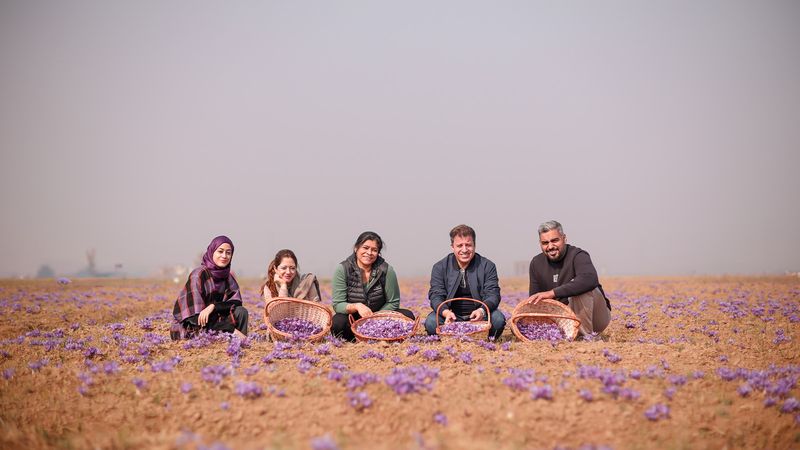
Last July, over a catch-up lunch with long-time friend Rushina Munshaw Ghildiyal, Prashant Issar was struck with the idea of passing the baton of quality control and food philosophy to Ghildiyal when he became managing director of Bellona Hospitality. He offered to bring her on board as custodian of recipes, a profile he filled since the inception of the Indian restaurant.
“Since my initiation into restaurants working closely with Camellia Punjabi, I have always believed in honouring the integrity of the cuisine. I don’t have the bandwidth anymore. She has replaced my role and brings in her expertise of regional-specific food,” says Issar, a self-proclaimed food nerd who has led the cuisine story of regional Indian food at Ishaara since 2019.
The restaurant serves 350 to 400 and retains a mainstreamed and populist approach, while serving its due respect to the cuisine. “This balance is necessary. While Rushina has a hyper-local, niche approach, I play the role of the mainstream populist,” he quips.
Together they have conceptualised collaborations and pop-up that expand the inclusivity of ingredients, regions and culture of Indian food. “Ishaara has fantastic representation of Indian cuisine but the food was not being talked about enough, compared to the overall experience,” says Ghildiyal, who pushes ingredient-forward concepts and collaborations with home chefs and regional specialists.
One of the first pop-ups she hosted was Swaad, a seven-course meal that focussed on the diversity of Indian ingredients. “We explored how flavour has evolved for the Indian palate over centuries. Each course initiated a conversation around one flavour profile using specific ingredients: katu (pungent foods using some of the oldest spices in the Indian repertoire like turmeric, and ginger, namak, salt, mirch (chillies that explored the journey of discovery for the Indian palate from long pepper to chilli consuming long pepper to pepper and evolved to chillies),” Ghildiyal explains. They worked to feature regional ingredient varieties like Ladakhi seabuckthorn, Naga Chillies, Jakhiya from Uttarakhand, and wild tubers from the Sahyadri mountains sourced by OOO farms to highlight how diets have shrunk over time.
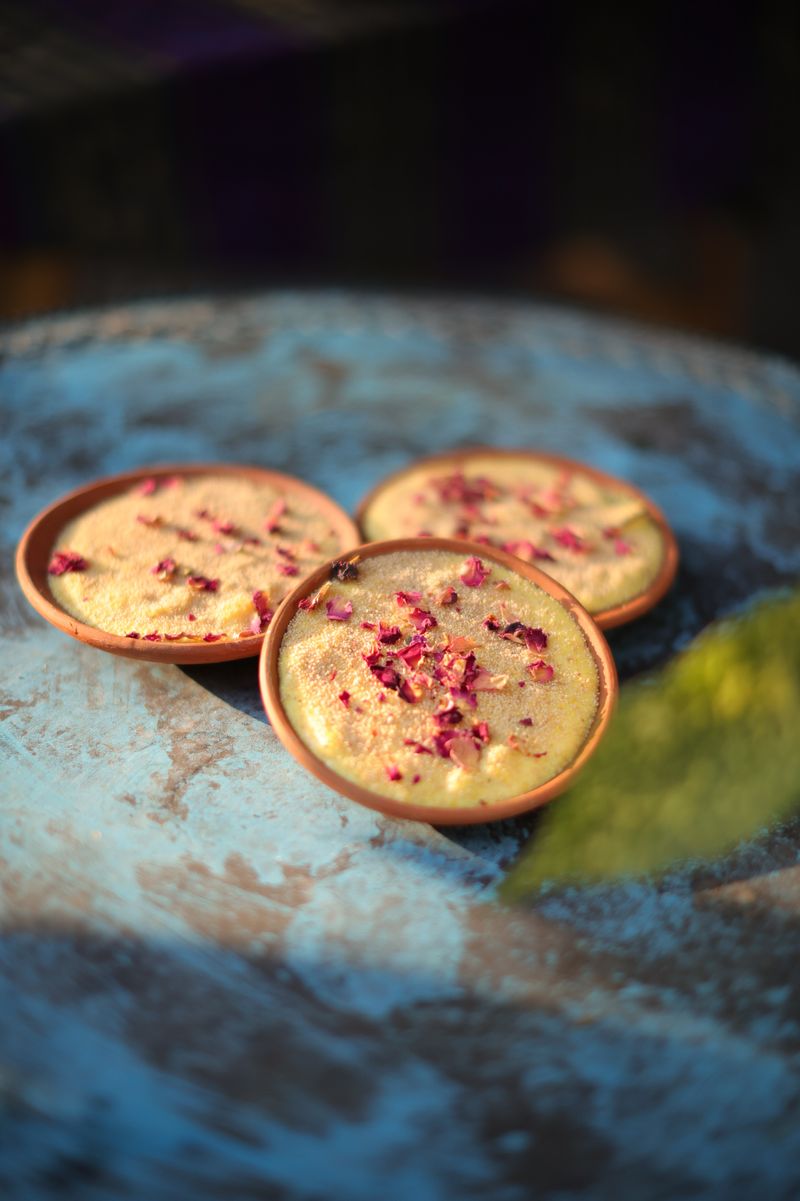
Another pop-up idea took the duo to Kashmir for the saffron harvest. “We curated Kesariya to honor saffron by exploring its many dimensions, beginning with its journey from farm to plate. We visited Pampore where Afan Basu of NOUSH by Basu Kesar showed us the unique intricacies of processing Kashmiri Saffron. “Ishaara derives from Persian origins so the saffron-centric menu we curated showcased traditional saffron based such as Irani Berry Polov, as well as signature creations like Zafrani Malai Paneer Rishta, Narangi Veg Korma and Saffron and Tomato chutney.” says Ghildiyal.
When the conversation goes beyond the plate, food takes a vibrant form that creates a multidimensional experience. By the end of the evening, Sharma’s musical prowess had guests dancing to the live music turning Ikk Panjab into a celebration of folk music, traditional food and savouring nostalgic moments that rekindled memories of cooking traditions passed down by grandmothers and family members.
As Rajan summed it up, “Our vision is to create a community that gathers around the shared nostalgia and evolving identity of Punjab. It’s not just about what’s on the plate — it’s about why it’s on the plate.”


